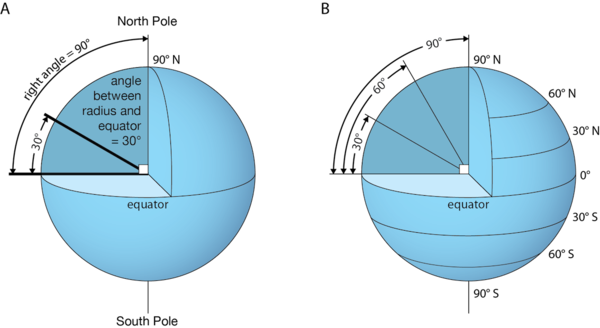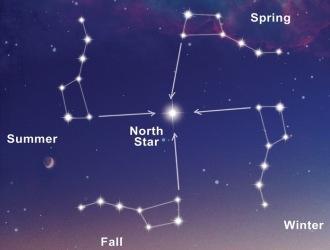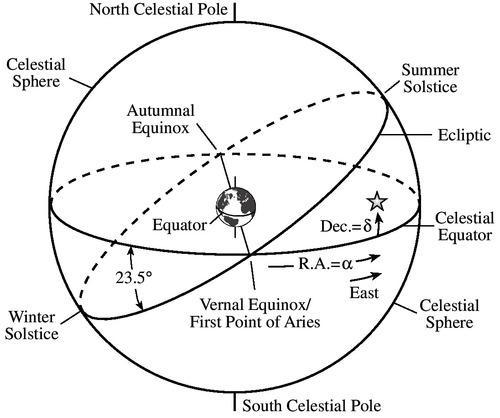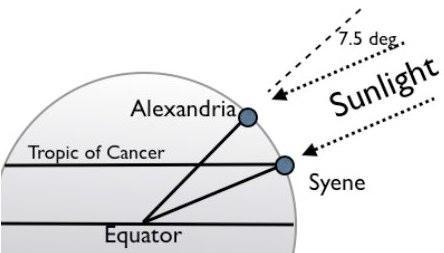
Astronomy
Course Description
Upcoming Assignments See all
Could not find any upcoming assignments due.
Posts


Star Gazers - Where Did All These Constellations Come From
Equatorial Coordinate System
Stargazing - getting started in astronomy

Backyard Astronomy Chapter Textbook
You can learn many of the same things that classical astronomers did by simply watching the night sky. But there is a bonus as well. Backyard astronomy is just plain fun, as evidenced by the many thousands of amateur astronomers who in their spare time pursue activities ranging from simply stargazing to searching for new comets.
This section is intended to give you some hints on how to become an amateur astronomer, beginning with learning the constellations and some of the stories associated with them. We will then briefly discuss small telescopes and star charts, introducing some of the terms used to describe the location of the planets. We will conclude with a description of some of the changes in your eye when you are observing in very dim light.
































































































































